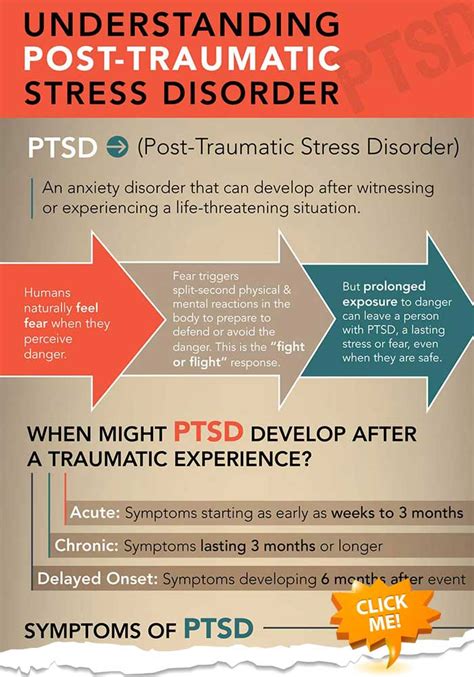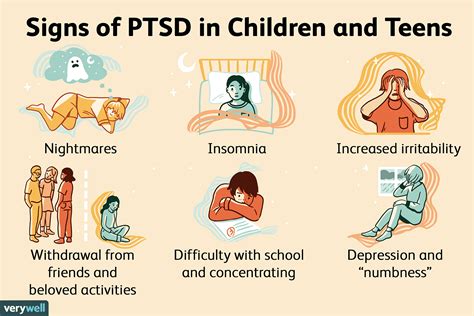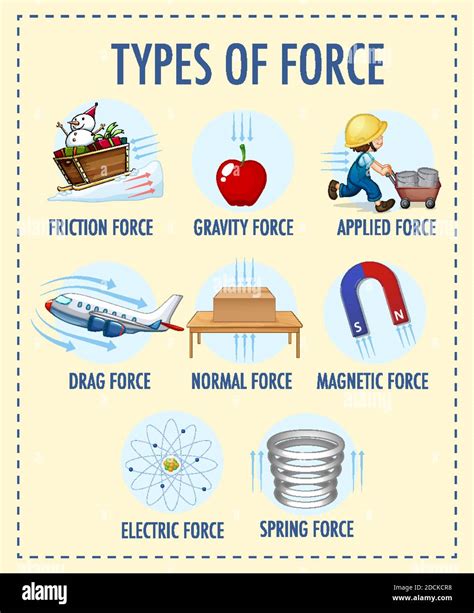Post-Traumatic Stress Disorder, commonly referred to as PTSD, is a complex and multifaceted condition that affects individuals who have experienced or witnessed traumatic events. The disorder can manifest in various ways, impacting daily life, relationships, and overall well-being. Despite its prevalence, PTSD remains shrouded in misconceptions, making it essential to address common questions and provide accurate, evidence-based information to foster understanding and support.
Key Points
- PTSD is triggered by traumatic events, which can include combat, natural disasters, physical or sexual abuse, and other life-threatening situations.
- Symptoms of PTSD can vary widely but often include flashbacks, nightmares, severe anxiety, and uncontrollable thoughts about the trauma.
- Diagnosis of PTSD requires a comprehensive evaluation by a mental health professional, considering the individual's symptoms, medical history, and psychological state.
- Treatment options for PTSD include psychotherapy, medication, and alternative therapies, with a focus on managing symptoms, improving coping mechanisms, and enhancing quality of life.
- Support from family, friends, and support groups plays a crucial role in the recovery process, offering emotional comfort, practical assistance, and a sense of community.
Understanding PTSD: Causes, Symptoms, and Diagnosis

PTSD can be caused by a wide range of traumatic events, including but not limited to combat, physical or sexual abuse, natural disasters, and serious accidents. The disorder is characterized by symptoms that can be grouped into four main categories: intrusion, avoidance, alterations in cognition and mood, and alterations in arousal and reactivity. Intrusion symptoms, such as flashbacks and nightmares, involve involuntary and distressing memories of the traumatic event. Avoidance symptoms involve conscious efforts to avoid reminders of the trauma, which can include people, places, or activities. Alterations in cognition and mood can manifest as negative thoughts about oneself or others, guilt, shame, or a lack of interest in activities once enjoyed. Finally, alterations in arousal and reactivity can include irritability, difficulty sleeping, or an exaggerated startle response.
Diagnosing PTSD: A Comprehensive Approach
The diagnosis of PTSD requires a thorough evaluation by a mental health professional, such as a psychologist or psychiatrist. This evaluation involves a detailed clinical interview, where the individual’s symptoms, medical history, and psychological state are assessed. The diagnostic criteria for PTSD, as outlined in the Diagnostic and Statistical Manual of Mental Disorders, Fifth Edition (DSM-5), include the presence of symptoms from each of the four symptom clusters (intrusion, avoidance, alterations in cognition and mood, and alterations in arousal and reactivity) for at least one month following the traumatic event, and significant distress or impairment in social, occupational, or other important areas of functioning. A comprehensive diagnosis also considers potential comorbid conditions, such as depression, anxiety disorders, or substance use disorders, which can complicate the clinical picture and treatment planning.
| Symptom Cluster | Description |
|---|---|
| Intrusion Symptoms | Flashbacks, nightmares, distressing memories of the traumatic event |
| Avoidance Symptoms | Efforts to avoid thoughts, feelings, or reminders of the trauma |
| Alterations in Cognition and Mood | Negative thoughts, guilt, shame, lack of interest in activities |
| Alterations in Arousal and Reactivity | Irritability, difficulty sleeping, exaggerated startle response |

Treatment and Recovery: A Path Forward

Treatment for PTSD is highly individualized and may involve a combination of psychotherapy, medication, and alternative therapies. Psychotherapy, such as cognitive-behavioral therapy (CBT) and eye movement desensitization and reprocessing (EMDR), can help individuals manage symptoms, process traumatic memories, and develop coping strategies. Medications, including antidepressants and anti-anxiety drugs, can also be effective in reducing symptoms of PTSD. Alternative therapies, such as mindfulness and yoga, may offer additional benefits in managing stress and improving overall well-being. Recovery from PTSD is a journey that requires patience, support, and a commitment to healing. With the right treatment and support, individuals can learn to manage their symptoms, improve their quality of life, and find a path towards recovery and growth.
The Role of Support in Recovery
Support from family, friends, and support groups plays a vital role in the recovery process. Emotional support can provide comfort, reduce feelings of isolation, and foster a sense of community. Practical assistance, such as help with daily tasks or transportation, can also alleviate stress and burden. Support groups, either in-person or online, offer a safe space for individuals to share their experiences, receive understanding and validation, and learn from others who are navigating similar challenges. The role of support in recovery underscores the importance of social connections and community in healing and growth.
What are the primary symptoms of PTSD?
+The primary symptoms of PTSD include intrusion symptoms (such as flashbacks and nightmares), avoidance symptoms, alterations in cognition and mood, and alterations in arousal and reactivity.
How is PTSD diagnosed?
+PTSD is diagnosed through a comprehensive evaluation by a mental health professional, considering the individual's symptoms, medical history, and psychological state, and applying the diagnostic criteria outlined in the DSM-5.
What are the treatment options for PTSD?
+Treatment options for PTSD include psychotherapy (such as CBT and EMDR), medication (including antidepressants and anti-anxiety drugs), and alternative therapies (such as mindfulness and yoga), often used in combination and tailored to the individual's needs.
In conclusion, PTSD is a complex and multifaceted condition that requires a comprehensive and supportive approach to diagnosis, treatment, and recovery. By understanding the causes, symptoms, and treatment options for PTSD, and by fostering a supportive environment, we can work towards improving the lives of those affected by this disorder. Recovery from PTSD is a journey that involves managing symptoms, processing traumatic experiences, and rebuilding a sense of purpose and well-being. With the right support, treatment, and mindset, individuals can navigate this journey and find a path towards healing and growth.



